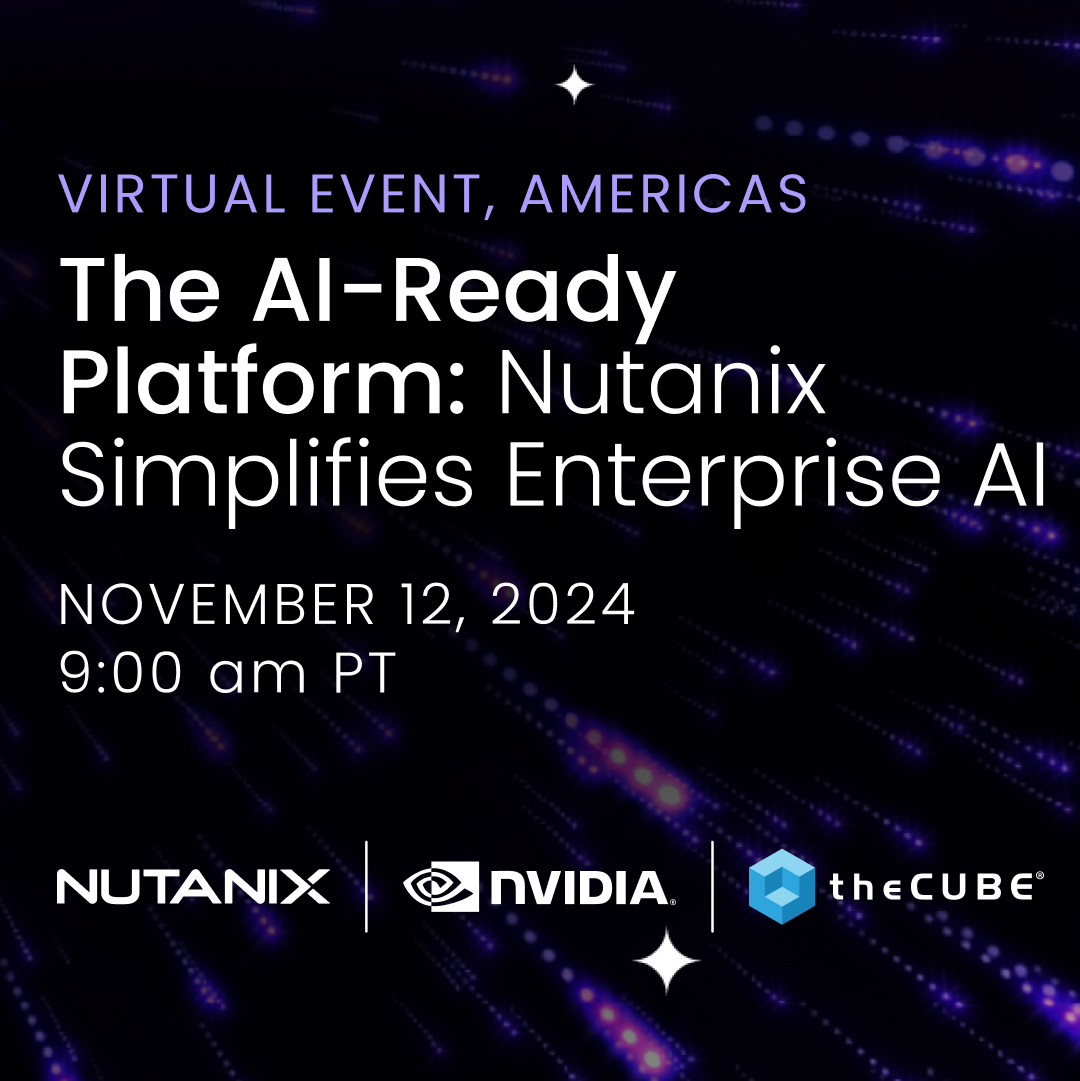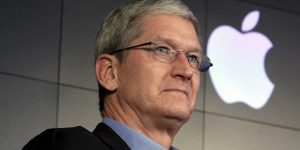Data is King – Bandwidth His Gold, and Software His Council
![]() What makes Google and Facebook especially powerful? Their data centers. Built like nothing the world has ever seen, the design behind Google’s server networks and Facebook’s storage security make these two uniquely capable of powering our search queries and social inquiries. Anticipating the need for hyperscale storage, Google and Facebook knew early on the demands their long-term goals would influence the very architecture of their data centers. And with the right brain power, Google and Facebook were able to craft their data centers with the end goal in mind.
What makes Google and Facebook especially powerful? Their data centers. Built like nothing the world has ever seen, the design behind Google’s server networks and Facebook’s storage security make these two uniquely capable of powering our search queries and social inquiries. Anticipating the need for hyperscale storage, Google and Facebook knew early on the demands their long-term goals would influence the very architecture of their data centers. And with the right brain power, Google and Facebook were able to craft their data centers with the end goal in mind.
Hyperscale storage has empowered more than just Google and Facebook, bestowing the private and public sectors alike with the provisioning of information. Intelligence agencies process massive amounts of satellite data to save lives, as do those organizations charged with forecasting imminent natural disasters around the globe. Meanwhile, private sector giants such as our aforementioned Google and Facebook spend billions of dollars on infrastructure every year to support user bases the size of their IT budgets.
Data is king, bandwidth his gold
.
Data is the key driver behind the shift to hyperscale storage, which is why we’ll be seeing a lot of organizations joining this progressively inclusive club in the coming years. And while businesses are finding more ways to learn from log data, it’s the transfer of data that really forcing companies to rethink their storage and cloud strategies. A microcosm of the global economy, the true cost of a product is determined by its cost to transport. Bandwidth, it turns out, is a most important form of data.
Russ Kennedy, the vice president of Exascale storage vendor Cleversafe, provided an in-depth analysis of this trend during a recent Wikibon Peer Incite meet-up with co-founder and Chief Analyst Dave Vellante, and Wikibon contributor John McArthur.
The trio made some notable forecasts and observations during the session. One of first points that Kenny made was that the shift to video and interactive communications is among the most significant reasons companies are buying more storage. He explained that videoconferencing, video-enabled training and all other forms of bandwidth-intensive communications is driving enterprises with hundreds of thousands of end users to beef up their data centers.
By [new] design
.
Hyperscale storage is a necessity especially for large organizations. And it’s not a question of if, but when. Hyperscale storage presents a whole new set of challenges for IT departments that aren’t used to operating at this scale. From networking to sheer volume, security considerations and backup methods, hyperscale is truly a whole new ball game. Today’s CIO must watch the hyperscale trend carefuly, and jump when ready, suggests a recent note on Wikibon. A great resource reviewing the specialized requirements for hyperscale storage have been outlined here by Wikibon co-founder and CTO David Floyer.
Backup presents yet another challenge – is it practical at this level, Floyer says. So how do you make sure exabytes of data stored across dozens, or even hundreds of locations are accessible at all times?
The solution is, add more smarts into the mix. A software-led infrastructure is one that layers intelligent monitoring of hardware, achieving system efficiency through coordinated efforts. By decoupling hardware from software, those organizations with the burden of legacy infrastructure can make efficient use of their resources to smooth the inevitable transition to smarter storage.
To learn more of the nuts and bolts of hyperscale storage, this trend’s larger implications and the real-world lessons shared by industry executives, check out Wikibon’s Peer Incite Review here. To stay abreast of fresh topics in enterprise cloud, sign up for Wikibon’s newsletter here.
Contributors: Maria Deutcher
photo credit: joyrex via photopin cc
A message from John Furrier, co-founder of SiliconANGLE:
Your vote of support is important to us and it helps us keep the content FREE.
One click below supports our mission to provide free, deep, and relevant content.
Join our community on YouTube
Join the community that includes more than 15,000 #CubeAlumni experts, including Amazon.com CEO Andy Jassy, Dell Technologies founder and CEO Michael Dell, Intel CEO Pat Gelsinger, and many more luminaries and experts.
THANK YOU



















